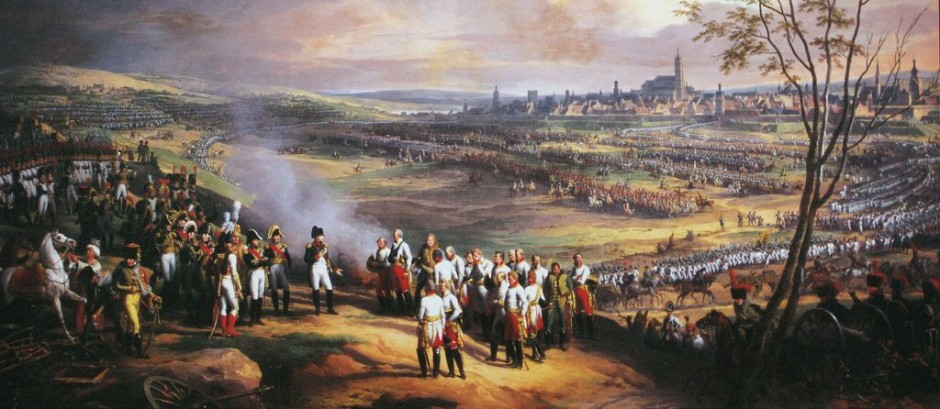Helpful Source Analysis Mnemonics
S.O.U.R.C.E. Mnemonic
Source: where it comes from (date/provenance/author etc.)?
Objective: why was it written?
Usefulness: how useful for what you want/ need?
Reliability: how reliable for what you need?
Context: how does it fit in with what you know?
Example: always use source examples to back up what you say.
T.E.M.G.A.P.A. Document-Based Questions (DBQ)
T Thesis (must be acceptable according to the prompt)
E Evidence (supports thesis with appropriate evidence)
M Meaning (understands basic meaning of documents)
G Groups (number depends on question) PIEMASTER, etc
A Analysis (for G and P, use Rule of 3)
P Point of View (at least 3 documents)
A Additional documents (identifies and explains need for 3 documents)
T.A.R.E.A. Continuity & Change Over Time (CCOT)
T Thesis (must be acceptable according to the prompt)
A Addresses all parts of the question
R Relevant world historical context used to explain change
E Evidence for both changes and continuities
A Analysis (of process of CCOT)
T.R.A.C.E. Compare and Contrast (C&C)
T Thesis (must be acceptable according to the prompt)
R Reasons for similarities and differences through analysis
A Addresses all parts of the question
C Comparisons (relevant and direct)
E Evidence (used to support thesis)
PIEMASTER
Political
Intellectual
Economical
Militaristic
Artistic
Social
Technologic
Educational
Religious
PERSIA
Political
Economic
Religious
Social
Intellectual
Artistic
SPRITE
Social
Political
Religious
Intellectual
Technological
Economic
SOAPST
Speaker
Occasion
Audience
Purpose
Subject
Tone
How APPARTS can help create a POV statement for DBQ
| Author |
|
| Place and Time |
|
| Prior Knowledge |
|
| Audience |
|
| Reason |
|
| The Main Idea | The Main Idea will be used to help you categorize docs and discuss them appropriately in each paragraph. |
| Significance | The significance will be incorporated into each paragraph. Demonstrating unique, insightful critical analysis will help you earn more points and reach a higher level of attainment. |
24 Key Terms to use in Source Analysis
Provenance: The origin of a source (when, where, by whom/for whom was it made.
Content: The information inside a source. What does it tell us? What does it leave out?
Subjective: A source which persuades: a personal viewpoint, maybe biased and opinionated.
Objective: A source which informs: it is balanced and factual rather than biased and opinionated.
Incomplete: Every source provides an incomplete picture. It is only one piece of the jigsaw.
Purpose: Why a source was produced. Was it to inform (reliable), or persuade (unreliable)?
Primary: A source produced at the time and/or by someone who was there. Often subjective.
Secondary: A source after the event or by someone who was not there. Often objective.
Context: The situation in which the source was produced. Help in deciding reliability.
Biased: A witness who is one-sided, who takes sides, writing to persuade, not to inform.
Orthodox: the established interpretation of a historical event: e.g. Hitler planned WWII.
Revisionist: A fresh (revised) interpretation of historical event: e.g. Hitler did not plan WWII.
Anachronistic: An approach which mistakenly interprets past societies using present-day values.
Hindsight: “Hindsight Bias” treats historical events as inevitable; a deterministic approach.
Sacrosanct: A point of view which is held to be proven and so above debate or criticism.
Inconoclastic: A revisionist approach that challenges orthodox, sacrosanct interpretations.
Deterministic: An approach stressing that individuals have little influence on the outcome of events.
Nihilistic: An approach arguing that random events determine history.
Intentionalist: A nihilistic approach; argues that individuals determine historical events.
Structuralist: A deterministic approach; claims institutional structures determine history.
Empathetical: An approach, which understands the past in its own terms, not anachronistically.
Symbiotic: A “chicken and egg” relationship between two factors, which clearly influence each other.
Whiggish: A simplistic interpretation of history; sees events as moving towards a brighter future.
Paradigm: a fundamental assumption about the past upon which all other interpretations are built.
